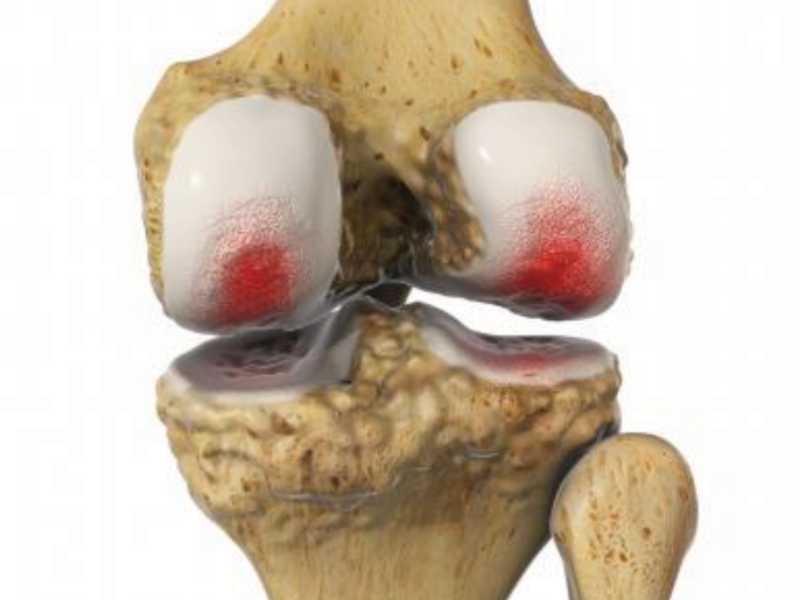
The four basic steps of a total knee replacement procedure
The four basic steps of a total knee replacement procedure https://phoenixspineandjoint.com/wp-content/uploads/2019/08/shutterstock_513458395.jpg 1000 637 Phoenix Spine & Joint Phoenix Spine & Joint https://phoenixspineandjoint.com/wp-content/uploads/2019/08/shutterstock_513458395.jpgArthritis is a common issue in this country, and this is supported by data from the Centers for Disease Control and Prevention (CDC). This organization reported that more than 54 million Americans are diagnosed with some form of arthritis every year. A total knee replacement is a surgical procedure designed to replace parts of the knee joint damaged by arthritis. If you’re considering having such a procedure, it may help you to understand the four basic steps involved in this surgery.
- Anesthesia and incision
Total knee replacement procedures are performed under general anesthetic. This is so you won’t feel any pain during the surgery. Once you go to sleep, your knee will be moved to the appropriate position to begin the surgery, and the surgeon will make a 4-to-6-inch incision on the front of your knee.
2. Damaged bone and cartilage removed
Once the incision has been made, the surgeon will move the kneecap out of the way. He or she will then determine how much damage has been done to the femur and tibia bone ends that make up the knee joint. This will help the surgeon to figure out how much bone must be removed. Also, the arthritis-damaged joint cartilage will also be removed with the damaged bone.
3. Implants and spacer inserted
After the damaged cartilage and bone has been removed from the joint, the surgeon may apply bone cement to the ends of the femur and tibia. This is intended to stabilize the artificial implants. Then, the implant for the femur is attached to the prepared end of the bone. Once the femur implant is in place, the tibia implant is put into place, and a plastic spacer is placed between the two implants. This spacer is designed to provide the cushioning and reduced friction that was formerly provided by the joint cartilage.
4. Incision closed
At this point, the surgeon may or may not decide to resurface the back of the kneecap with an additional plastic insert. In either case, the kneecap is returned to its original position, and the surgeon moves the knee in various ways to ensure the reconstructed joint is moving correctly. Then, the incision is closed, and the knee is bandaged.
Phoenix Spine & Joint offers minimally invasive total knee replacement procedures
Our team at Phoenix Spine & Joint has a lot of experience helping patients with knee problems. We’ve helped thousands of patients get the minimally invasive total knee replacement procedure they needed, and we can help you, too. Our procedure is designed to offer many benefits, such as:
- Reduced knee pain
- Decreased soft tissue damage
- Faster recovery
- Improved quality of life
We may even be able to boost your peace of mind before surgery thanks to our 99% patient satisfaction rating and our nearly 0% post-surgical infection rate.
Contact one of our care specialists today for more information or to schedule a free second opinion.
- Posted In:
- Total Knee Replacement









